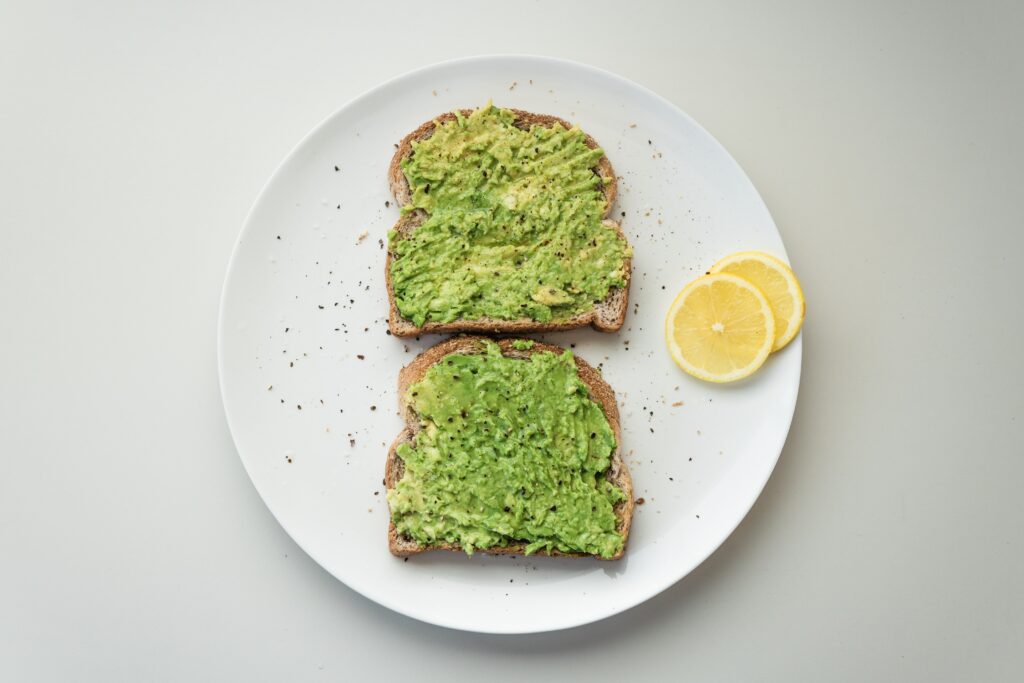For some of us, jumping rope elicits memories of youth and time with friends on the playground playing double dutch, or trying to see if you can do a double or a triple jump. But now that’s a distant memory and it’s been a while since we thought about skipping rope.
Then there are others who have discovered that jumping rope is a great way to stay in shape. But did you know that it is also a great exercise for runners?
For runners, jumping rope is highly-effective cross-training to build endurance, strengthen the muscles you use for running, and increase coordination and balance.
Just 10 minutes of jumping rope will offer you a very similar workout to 30 minutes of jogging. Try adding just 10 minutes of jumping rope to your workouts and work your way up to increasingly longer times as you build resistance.
If you find your form dipping as you jump, simply stop for 20-30 seconds and let your body rest, then get back to it.
As you get stronger at jumping rope, you should also notice that your running performance and overall fitness level is increasing.
Benefits of jump rope training for runners
Time and space
If you’re short on time and not quite sure if you can get a jog in, this is a perfect activity for you. You don’t need much space, just a jump rope and a place with enough clearance for the rope to pass without hitting anything.
It can be done indoors as well as outdoors and can fit your unique lifestyle. For example, if you are taking your kids to the park, you can pack the rope up and get some jumping in while they play. Or if you’re traveling this can be done with little space and you don’t need to sacrifice your exercise goals.
If you live in an apartment that’s above the first floor, make sure your neighbors aren’t home or that you have a good relationship with them before you jump rope indoors.
Cardiovascular endurance
One of the primary benefits of jumping rope is the cardio workout you receive. It can feel much more intense than your normal jog or run. Jumping rope increases your heart rate as your heart works to get oxygen into your muscles. As you continue to jump rope, your endurance will increase which should help you to run farther, longer, and faster.
Great muscle workout
The primary muscles you need to be strong in order to run successfully are the glutes, quads, hamstrings, and calf muscles. When you’re jumping rope, these muscles are all activated and are actively becoming stronger and more toned.
In addition, as you swing the rope you are working your abs, forearms, triceps, biceps, shoulders, and back muscles. As well as your core while you work to keep your posture straight.
Easier on the joints
Jumping rope is actually easier on your joints than running on the road. When using the correct form, the impact of the jumping and landing is all handled equally by your knees and ankles, and leg muscles which act as shock absorbers.
When your foot strikes while running, each leg is individually handling the impact which can lead to more joint pain down the road. Especially when running on cement or asphalt.
If you are noticing some increased pain in your knees or other joints and are giving them a break from running for a bit, jumping rope may be a good way for you to stay in shape while you recover. Listen to your body and do not keep jumping if the pain persists or worsens.
How to choose a jump rope
Not all jump ropes are equal and while you could simply grab a normal rope and jump it, you’d soon end up with a tangled mess and find it hard to meet your goals. Buying a rope doesn’t have to be expensive, but you do need to choose the right rope for you which may mean spending a little extra.
Like buying the right running shoes, the right jump rope will make a huge difference in your training journey.
You want a rope that is specific to your height. The general rule is your height plus 3 feet for the total length of the rope. Someone that is 5’7″ would want a rope that is 8’7″. Some ropes are even adjustable and customizable, so if you have multiple jumpers in your family, you don’t have to have an individual rope for each person.
To avoid the rope tangling with each jump, find a rope with handles that allows the rope to turn inside the handles.
For an additional challenge, you can buy weighted ropes so your arms will get even more of a workout as you jump.
Proper jump rope form
To get the best workout, it is important to have good form while you jump rope.
Stand with your back straight, feet together, and your knees bent gently. Your arms should be at your side with your elbows slightly bent behind you. With your hands at the same distance from the center of your body, use your wrists to generate the motion of the rope while keeping the rest of your arms relatively still.
Keep your feet close together as you jump. Your jumps should only be ½ to 2 inches off the ground and your knees should remain slightly bent and your toes pointed downward at a gentle slope on each hop. Jump off the midsole of your foot, then try to land softly and evenly on the balls of your feet. The goal is to get into a good, consistent rhythm.
After you’re comfortable with the basic jump, there are other variations you can try in order to mix up your workout and increase your coordination like the boxer step, side swing, and crossover. You can search on the internet for jump roping tutorials to learn more.
Jumping rope with the proper form and posture will increase your overall balance and coordination, which, in turn, will make you a better and stronger runner.
Closing thoughts
If you’re looking for a way to step up your running game, jumping rope is a great activity to add to your fitness routine. It doesn’t require a lot of equipment, time, or space to get a great workout.







